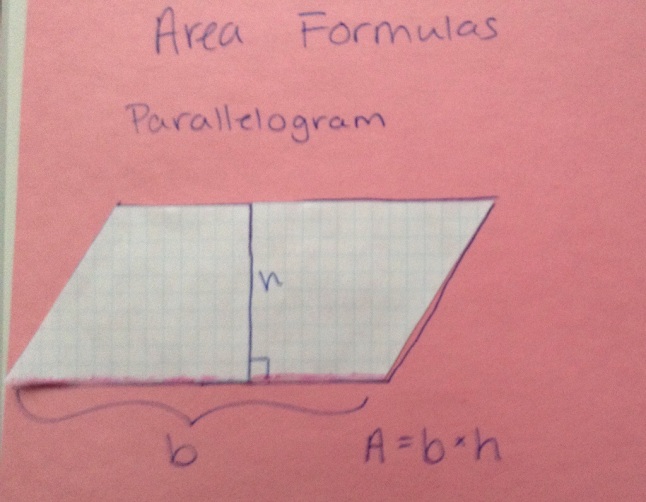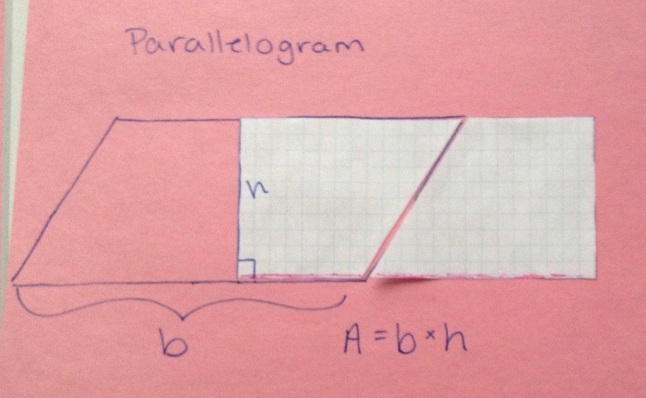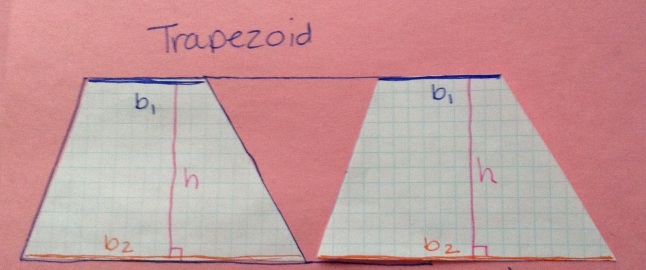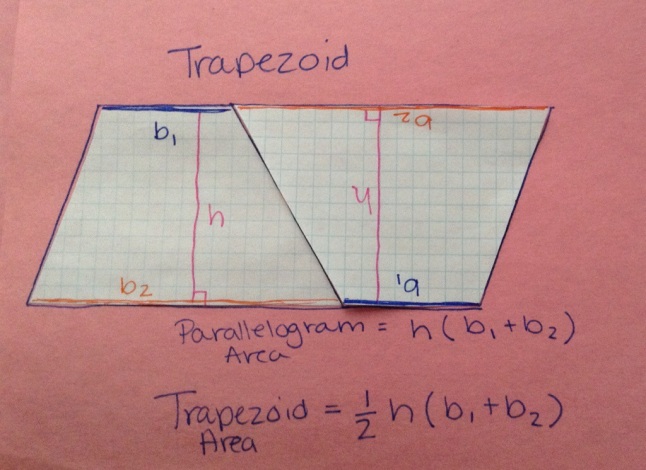Last week we spent some time working with circles. All of those snow days helped me out because it fell perfectly in line with Pi Day this year! We began by investigating the relationship between circumference and diameter. I used materials made by Illuminations. They can be found here.
We talked about the importance of measuring with precision. We also talked about making sure you get as close to the diameter as possible. I split the students in groups and let them walk around the room to find circular objects to measure. I had many objects set out but I also let them look for others.
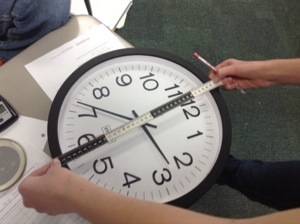
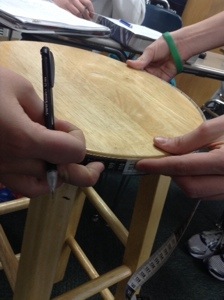
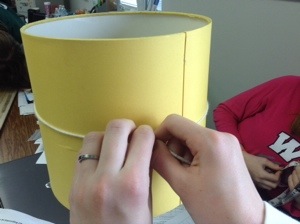
After the groups completed their tables, they averaged the ratios they calculated. As a class we also averaged the group results and came up with 3.24.
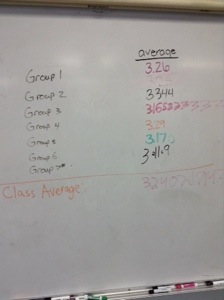
I asked the groups to discuss what they noticed about all of the ratios. They all noticed the ratios were around 3-3.5. Most groups quickly realized that the ratio was pi. Each group was instructed to then write an equation relating circumference, diameter and pi. Discussing all the variations of the equation was really helpful. It allowed students to see that we could use it to solve for the diameter or the circumference.
After we found the formula for the circumference of a circle, we went on to the area of a circle. Throughout this unit we have been cutting shapes to rearrange them into different shapes that we know the area formulas for. You can see more on that in my previous post.
We started with a circle that was divided in to 12 equal sections. We cut the 12th section in to two parts and labeled them a and b.
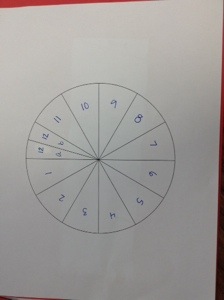
We cut out the segments and rearranged them so they formed a shape that looked somewhat like a rectangle. The students were very quick to point out that the shape was not a rectangle. We discussed what would happen if we continued to cut the segments smaller and smaller. What would the shape look like then. We concluded that it would become closer to a rectangle as we continued to cut so it was ok to use the rectangle area formula.
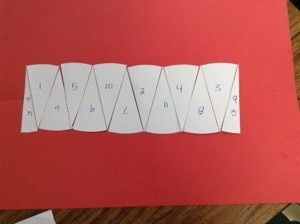
Students decided that the height of the rectangle would be the radius. The base of the rectangle took a little more thought, but I was really impressed that they were able to see on their own that it was half the circumference or 1/2(2πr). We simplified so the base of the rectangle equals π×r, making the area of the rectangle equal to π×r×r or πr². The students thought that was really awesome, as did I! Very rarely is the derivation of the area of a circle taught. This is my first time teaching it, I’m embarrassed to say. But it went really well, and I will definitely use it from now on! All credit goes to my teacher assistant, Dominic Taylor, for finding it! Check out his blog at dataylor92.wordpress.com!



